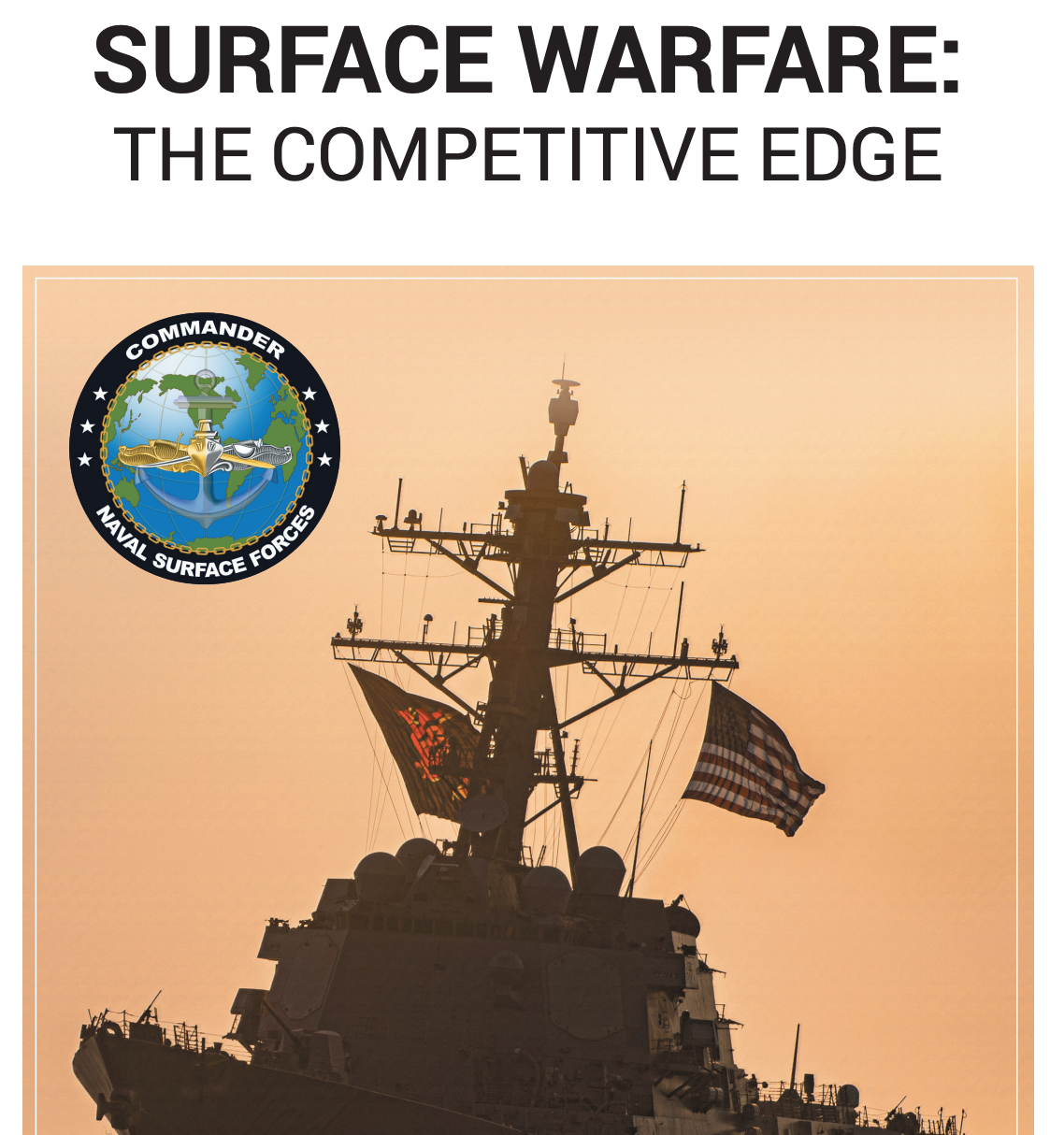
New Navy Surface Warfare Vision: The Competitive Edge
The following is the Jan. 11, 2022 U.S. Navy surface warfare vision, Surface Warfare: The Competitive Edge.…
Copyright 2024 U.S. Naval Institute. All Rights Reserved.